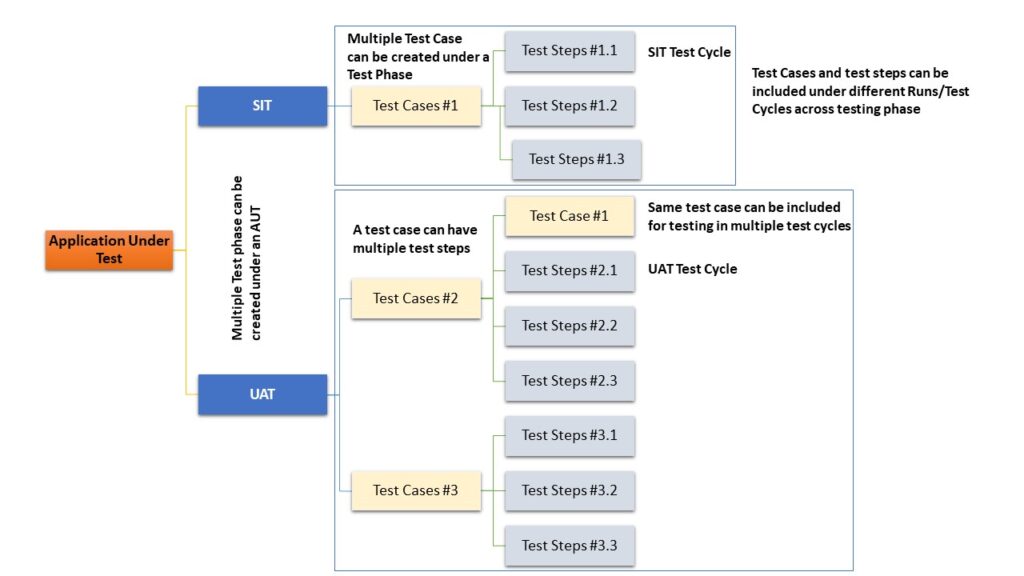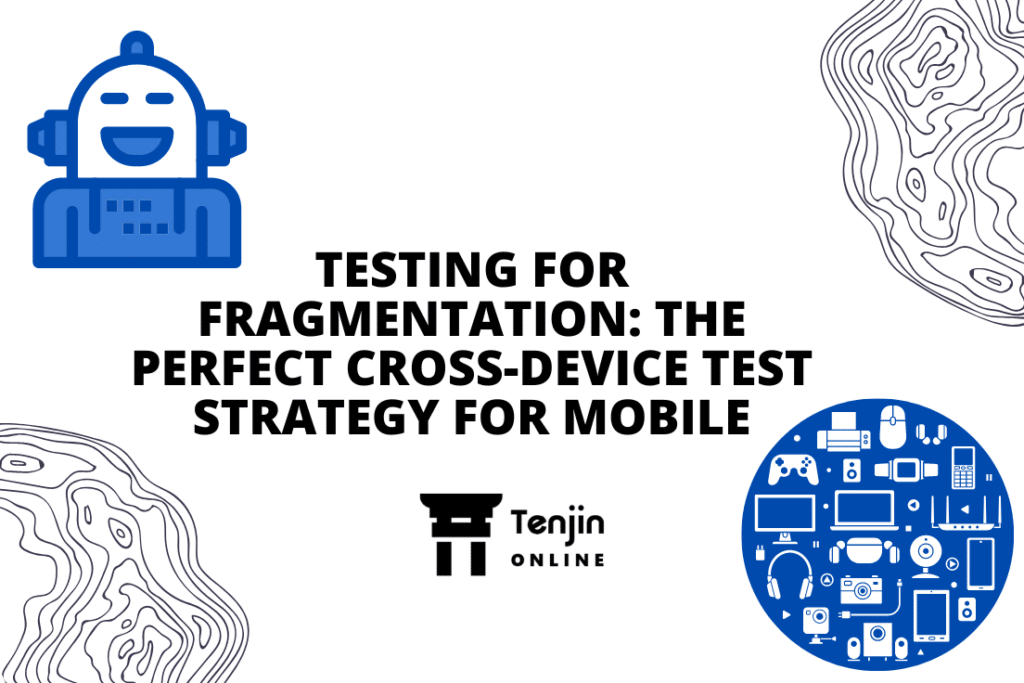
Business applications typically comprise numerous modules covering various lines of business (LOB). A complete evaluation of these applications from beginning to completion and summarizing it based on business process, scenarios, and test cases, is referred to as test design. The aim is to ensure thorough quality and test coverage of the application.
Going by the textbook definition, test design is a crucial process that outlines the methodology for conducting testing. It involves identifying test cases by systematically listing the steps necessary to execute the defined test conditions. The testing techniques outlined in the test strategy or plan are utilized for this purpose. Depending on the methods employed for test monitoring, control and traceability, the test cases may be linked directly or indirectly to the project objectives and test conditions. Proper execution of test design plays a vital role in ensuring the quality and effectiveness of the testing process.
An organization has multiple systems integrated in an ecosystem. It is essential to understand the business and derive the test scenarios and test cases for all business processes. This article highlights the different stages of test design and how our test automation platform, Tenjin Online, helps in efficient test design creation and management.
Stages of Test Design
The different stages of test design can be defined by the hierarchical structure or framework as depicted below; this establishes the relationship between different levels of tests in a testing strategy.

Application Under Test: An application under test, or AUT, is a software program or system that is being tested to ensure that it meets the requirements and specifications defined by the client or organization. The AUT can be any type of software application, such as a web application, desktop application, mobile app, or integrated systems. Based on AUT, the function code and screen ID will be defined, also expands to API and Messages. Let’s take the example of digital lending; here the AUT would be the banking applications like SALESFORCE.
Business Area: A business area refers to the line of businesses like retail lending, transaction banking, trade finance, payments etc.
Modules: A module is the logical grouping of menus/ function IDs on the AUT. For example – current and savings account, lending etc.
Business Process: A business process is the maintenance/ operation that is used to execute a transaction of a module. For example, create new loan account, disburse loan, repay loan etc.
Test Scenarios: Test scenarios are high-level descriptions of how a specific function or business process of an application should work. Example: loan account creation for individuals or businesses.
Test Cases: Test cases refer to a set of instructions or conditions that are designed to assess the functionality and performance of a product or system. Example: Factors like loan amount, loan calculation, installments, due date, etc. can be defined as different cases in the loan application process.
Test Steps: Test steps refer to the specific actions that are taken to complete a business process or test cases on the AUT. Example: step-by-step execution of the test cases for completing the loan application process.
Test Design Creation and Management Using Tenjin Online
Tenjin Online is the world’s most advanced Cloud native testing suite covering a wide gamut of capabilities – test life cycle management, codeless automation for web and mobile, DevOps integration, device farm integration, defect management integration and many more exciting features. Test Design creation and management is extremely easy and seamless process in Tenjin Online. Once logged in, it offers individual interface to test web, Android, iOS, and API platforms. Test Design can be created using Tenjin Online’ s simplified flow:

Features that enhance Test Design experience are:
- Test Cycle
- Review
- Import Design
- Reporting
Test Cycle
A Test Cycle is a comprehensive package of test cases and corresponding test steps designed for the testing of an Application Under Test (AUT) within the context of a specific project. It represents a predefined set of tests that need to be executed to evaluate the functionality, performance, and quality of the AUT. In Tenjin Online, each test cycle is tailored to address the specific requirements and objectives of the project it is associated with. It encompasses a variety of test cases that cover different aspects of the AUT, including regression testing. The test cases are carefully designed to verify the expected behavior of the software and identify any defects or inconsistencies.
Within a test cycle in Tenjin Online, test steps provide a detailed sequence of actions and inputs that need to be performed during the execution of each test case. These steps outline the exact procedures to be followed by the testers, ensuring consistency and repeatability of the testing process. They may include instructions on how to set up the test environment, interact with the AUT’s user interface, input specific data, and validate the corresponding output.
Review
The Test Cycle review is an essential step in the testing process, ensuring that the application’s functionalities are thoroughly examined before moving forward. The test cycle created in Tenjin Online are carefully reviewed by SMEs (Subject Matter Experts), evaluating the various aspects of the application and its functionalities. Test cases, test data, test environment, and other relevant factors are assessed for their effectiveness and appropriateness for the testing phase.
Once the review is complete, the findings and recommendations are shared with the testing team. If necessary, modifications or enhancements to the test cycle are suggested to address any identified issues. The final version of test cycle are baselined and moved for execution.
This collaborative approach ensures that the test cycle aligns with the requirements and objectives of the testing process.
Import test cases to accelerate test design
The Import feature in Tenjin Online is designed to enhance the efficiency and effectiveness of test design processes by leveraging the existing test cycle of the same application. This innovative functionality aims to achieve two primary objectives simultaneously – improving the overall quality of testing and minimizing the Turnaround Time (TAT).
By reusing the test cycle of a previously tested application, teams can save valuable time and resources that would otherwise be spent on creating test cases from scratch. This import capability allows testers to quickly adapt and modify existing test designs to suit the requirements of the current application, resulting in a streamlined and expedited testing process, while promoting high level of quality.
Reporting
Reporting is an essential aspect of any testing process, providing a comprehensive overview of the test cycle and test execution status. Reporting in Tenjin Online involves systematic collection, analysis, and presentation of outcome statistics related to the tests performed. The report encompasses various elements, including the test results, metrics, and key performance indicators (KPIs) that measure the effectiveness and efficiency of the testing activities. These statistics offer valuable insights into the quality and reliability of the software or system under evaluation. The purpose of reporting is to facilitate effective decision-making, communication, and transparency among project stakeholders.
Conclusion
Effective test design management requires a combination of technical expertise, attention to detail, project management skills, and an effective test automation platform like Tenjin Online.
In short, test design management is a critical process in software development that ensures that software products are of the highest quality possible. Effective test design management involves designing and executing test cases that accurately reflect the software’s functional and non-functional requirements, identifying defects in the software, and ensuring they are resolved before the final release. To achieve this, it is important to have a knowledgeable and skilled team and to continuously review and update the test plan to reflect changes in the software.

